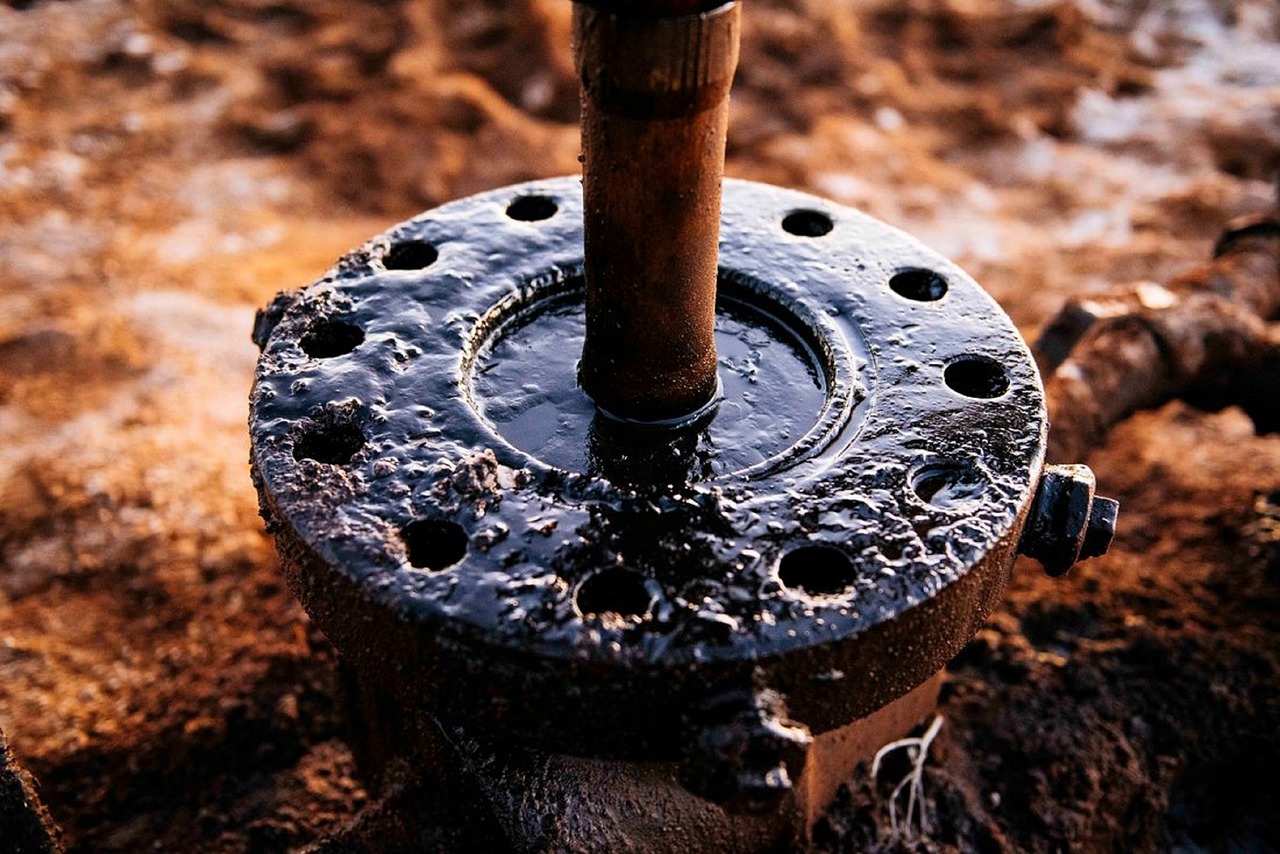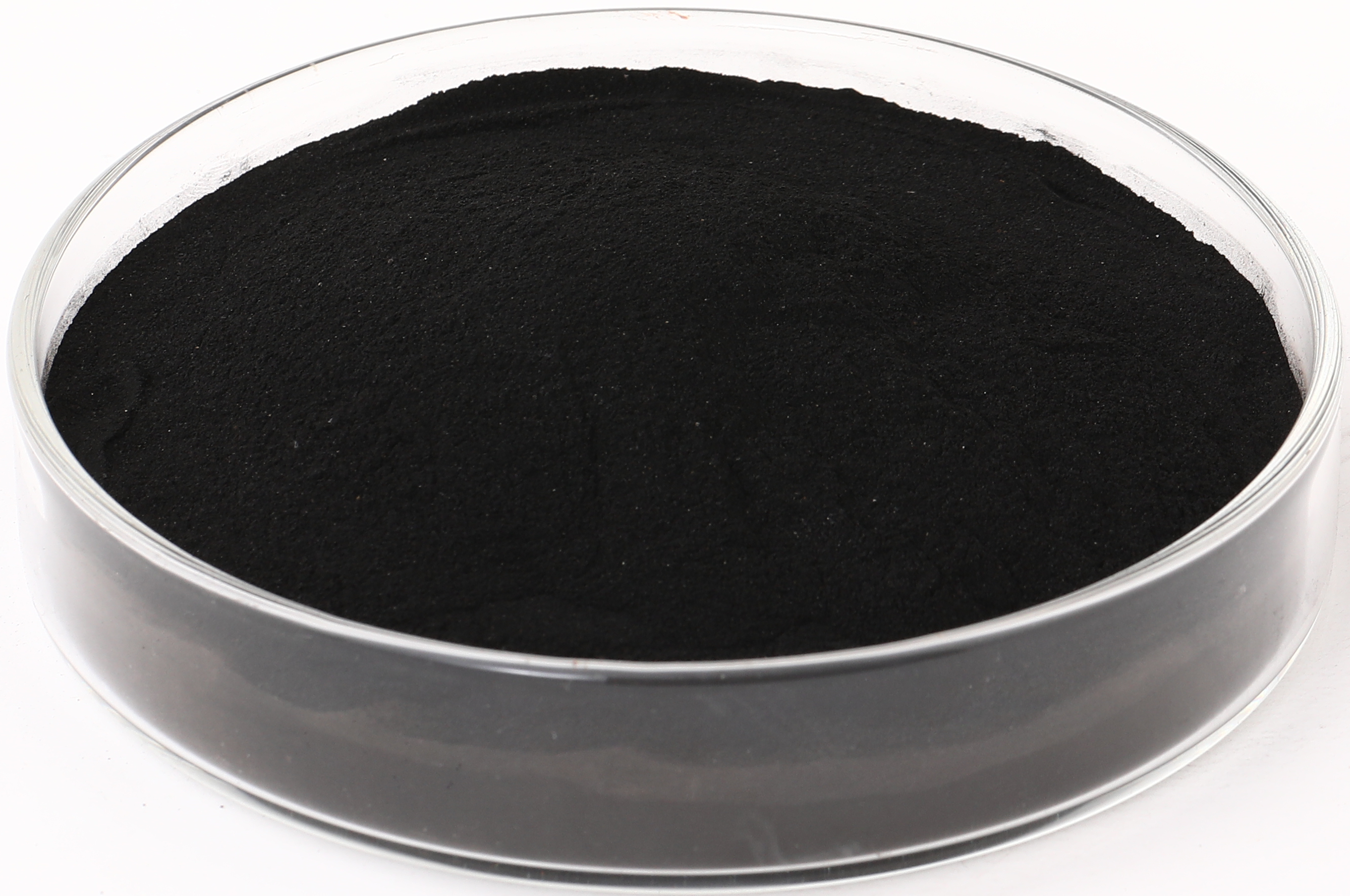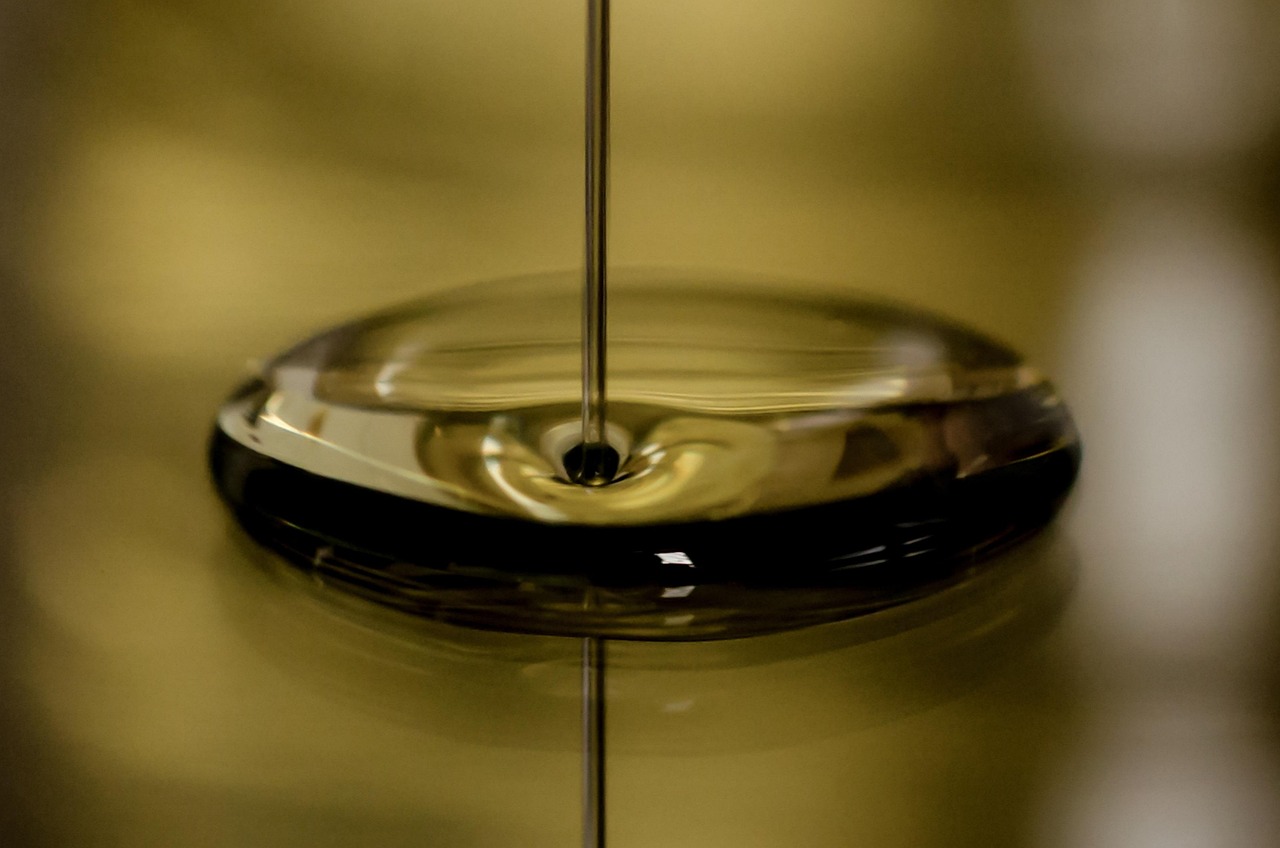How Sodium Humate Improves Petroleum Drilling Fluids

Sodium humate for petroleum drilling significantly improves drilling fluids right away. This additive controls the viscosity of the fluid, maintaining its stability and preventing excessive fluid loss during oil drilling operations. It enhances the drilling mud and helps protect the wellbore.
Sodium humate for petroleum drilling keeps the drilling fluid stable, even under high temperatures and intense pressure.
It reduces fluid loss and helps manage clay content, improving overall drilling efficiency.
Workers rely on sodium humate for petroleum drilling to maintain wellbore integrity and prevent rock softening.
Key Takeaways
Sodium humate helps drilling fluids stay stable in heat and pressure. This makes drilling safer. It controls how thick the fluid is. This helps the mud move well and stops pipes from getting stuck. The additive lowers fluid loss. It does this by making a thin, strong filter cake on the wellbore wall. Sodium humate protects shale by blocking water. This stops swelling and keeps rocks from getting soft. Using 2% to 3% sodium humate gives good mud performance. It also keeps costs low. It works in both water-based and oil-based drilling fluids. This gives more choices for drilling. Sodium humate can handle high temperatures. It keeps drilling fluids strong up to 150°C. Field results show drilling is faster with sodium humate. There are fewer equipment problems. Wellbores are also safer.
Sodium Humate for Petroleum Drilling

Key Properties
Sodium humate for petroleum drilling is special because of its chemical and physical features. It looks like a black powder. It has a lot of humic acid, usually between 45% and 70%. The moisture level is low and does not go over 15%. When you mix it in water at 2%, the pH is between 8 and 10. These things help sodium humate for petroleum drilling stay stable in tough drilling places.
Tip: Store sodium humate for petroleum drilling the right way to keep it working well. Put it in a dry, cool, and airy spot. Make sure it is under 122ºF and less than 50% humidity.
The table below shows the main properties of sodium humate for petroleum drilling:
Property | Description/Value |
|---|---|
Appearance | Black powder |
Moisture Content | ≤ 15% |
pH (2% solution) | 8 - 10 |
Humic Acid Content | ≥ 45% to ≥ 70% |
Usage | Used in all types of water-based drilling fluids; acts as drilling mud-reducing agent |
Dosage | Recommended 3.0% - 5.0%, adjustable based on conditions |
Storage Conditions | Dry, shady, ventilated, below 122ºF, humidity < 50% |
Packaging | Multi-wall bags, polythene inner, 25 kg/bag |
These features let sodium humate for petroleum drilling work well in many kinds of drilling mud. The high humic acid helps the fluid not break down when it gets hot or under pressure.
Mechanisms
Sodium humate for petroleum drilling mixes with other things in the drilling fluid to make it better. When you add it to mud, it spreads out and sticks to clay pieces. This stops the clay from swelling or breaking up. It keeps the wellbore strong. Sodium humate also makes a thin layer on the wellbore wall. This layer cuts down on fluid loss and blocks water from getting into the rock.
The additive helps control how thick the drilling fluid is. It lets the mud move easily and carry rock pieces up. Sodium humate for petroleum drilling also keeps the fluid’s flow steady. This makes it easier to handle when pressure or temperature changes. By lowering how much water touches reactive shale, sodium humate for petroleum drilling stops the rock from getting soft or falling apart.
Sodium humate for petroleum drilling helps drilling jobs run better. It keeps the mud steady, lowers the chance of stuck pipes, and keeps the wellbore safe. These actions make sodium humate a smart pick for today’s drilling work.
Drilling Fluids Performance
Viscosity Control
Sodium humate is a strong viscosity reducer in drilling. Engineers put it in mud to control how thick the fluid gets. This helps the mud move easily through the wellbore. Sodium humate mixes with clay and other particles. These actions stop the mud from getting too thick. Thick mud can slow down drilling a lot. When sodium humate is used, pumps work better. The mud flows better and carries rock pieces up. This keeps the drilling fluids clean and working well. Good viscosity control also stops pipes from getting stuck. It helps prevent equipment from breaking.
Note: Keeping viscosity steady makes drilling safer and easier.
Rheology Stabilization
Rheology means how drilling fluids flow in different situations. Sodium humate helps keep these flow properties steady. It stops the mud from changing too much when heat or pressure changes. Stable rheology lets the mud handle slow and fast movements. A steady fluid profile helps teams avoid sudden pressure changes. This keeps the wellbore safe and drilling on time. Sodium humate builds a network with other mud parts. This network does not break down, even in tough places.
Benefit | Impact on Drilling |
|---|---|
Stable flow | Fewer interruptions |
Consistent thickness | Better cuttings removal |
Less equipment wear | Lower maintenance cost |
Shear Force Reduction
Shear force happens when mud layers slide past each other. High shear can hurt equipment and slow drilling. Sodium humate lowers these forces by making the mud smoother. The mud particles do not stick together as much. This helps the fluid move with less resistance. Lower shear force means pumps and pipes last longer. The team spends less time fixing things. Sodium humate also helps the mud carry debris away. This keeps the drilling fluids working well.
Operators say they have fewer problems and smoother drilling with sodium humate.
Fluid Loss Control

Filtration Reduction
Sodium humate helps stop fluid from leaving the wellbore. When engineers add sodium humate to drilling fluids, it makes a thin filter cake on the wall. This filter cake acts like a shield. It keeps water and other fluids from moving into the rock. This means less fluid loss and a stronger wellbore.
Operators notice that filtration rates go down with sodium humate. The filter cake stays thin and strong. It does not fall apart when under pressure. This helps keep drilling safe and running well. A thin filter cake also lowers the chance of stuck pipes or delays.
Tip: A good filter cake can help save time and money. It means you do not need as many extra treatments or additives.
The table below shows how sodium humate works compared to other fluid loss additives:
Additive Type | Filter Cake Thickness | Filtration Rate | Cost Efficiency |
|---|---|---|---|
Sodium Humate | Thin | Low | High |
Bentonite | Medium | Medium | Medium |
Starch Derivatives | Thick | Low | Low |
Sodium humate is a good choice for stopping fluid loss. It cuts down filtration without making the mud too thick.
Adsorption Effects
Sodium humate sticks to clay and rock in the wellbore. This is called adsorption. When sodium humate covers these spots, it stops water from getting into the rock. This keeps the formation strong and stops swelling or softening.
Adsorption also helps lower fluid loss. By blocking water paths, sodium humate keeps more fluid in the wellbore. Less water escapes into the rock. The drilling team can control the fluids better and avoid problems.
Sodium humate’s adsorption power:
Protects clay from water
Makes the filter cake stronger
Helps keep the wellbore stable
Operators say they have fewer problems and smoother drilling with sodium humate.
Sodium humate’s ability to stick to rock and clay makes it very useful. It helps with both filtration and keeping the wellbore safe.
Shale Stabilization
Wellbore Stability
Shale can cause trouble when drilling. These rocks may swell, crack, or break if they touch water-based drilling fluids. Engineers must keep the wellbore stable to stop delays and damage. Sodium humate helps by making a shield on the shale. This shield keeps water out of the rock. The shale does not swell or get weak.
Operators see fewer wellbore collapses with this additive. The shield also lowers the chance of stuck pipes. Teams can drill deeper and faster because the wellbore stays strong. The drilling fluid stays the same, even in tough rocks.
Note: A stable wellbore means less stopping and safer drilling.
The table below shows how sodium humate helps wellbore stability compared to other additives:
Additive | Water Blocking | Swelling Control | Wellbore Stability |
|---|---|---|---|
Sodium Humate | High | Excellent | Strong |
Potassium Chloride | Medium | Good | Moderate |
Polyamines | Low | Fair | Weak |
Rock Softening Prevention
Shale can get soft if it soaks up water. Soft rock might fall into the wellbore and block it. Sodium humate stops rock softening by sticking to the shale. This makes a seal that keeps water out. The rock stays hard and does not break.
Drilling teams see fewer times when rock falls in or the hole gets bigger. The mud system stays clean, and drilling goes well. Equipment lasts longer because there is less junk in the fluid. Teams spend less time cleaning and fixing tools.
Main benefits of using sodium humate for rock softening prevention:
Keeps shale hard and together
Lowers the risk of wellbore collapse
Makes drilling faster and better
Operators trust this additive to keep the wellbore safe and drilling smooth.
Shale stabilization is very important in petroleum drilling. Sodium humate gives a good way to help both wellbore stability and rock softening prevention.
Application
Dosage and Concentration
Engineers pick how much sodium humate to use for each job. Most drilling projects use between 2% and 3%. This amount works well and does not cost too much. The drilling mud treatment agent helps control viscosity and stops fluid loss at these levels. Operators often start with a small test batch to check the mud. They change the amount if the mud is not right. Too much additive can make the mud too thin. Too little may not protect the well enough. Teams watch the drilling fluid to keep the amount just right.
Tip: Always measure sodium humate carefully before adding it. The right amount keeps the mud working well and avoids waste.
Mixing Procedures
Mixing sodium humate the right way is important. Teams add the additive slowly while stirring the fluid. This helps the powder mix in and stops clumps from forming. Most crews use a high-speed mixer or a mud hopper. The usual steps are: fill the tank with base fluid, start the mixer, add sodium humate slowly, and let it blend. After mixing, they check the fluid’s properties. Sometimes, operators change the pH or add other chemicals. They test the mud to make sure it meets standards. Good mixing helps sodium humate work well during drilling.
Oil-Based and Water-Based Use
Sodium humate works in both oil-based and water-based drilling fluids. In water-based mud, it dissolves fast and reacts with clay and shale. This helps keep the wellbore strong and stops fluid loss. In oil-based mud, sodium humate acts as a helper stabilizer. It helps control water and rock contact, even though oil-based muds already block water. Many operators like sodium humate because it works in many places. The additive fits both types of fluids, so it is a good choice for different jobs. Teams can switch between oil-based and water-based mud without changing the main formula.
Sodium humate’s flexibility helps crews handle new drilling problems. This saves time and means they do not need many products.
Additional Benefits
Acidification
Sodium humate helps with acidification in drilling fluids. When teams add sodium humate, it reacts with rock minerals. This reaction can make the drilling fluid’s pH go down. Lower pH helps break down some minerals. This makes drilling smoother and easier. Acidification also stops scale from building up in pipes. Teams see fewer clogs and less time fixing things.
Sodium humate’s acidifying effect works in both water-based and oil-based muds. It keeps the fluid balanced and helps other additives do their job. Operators pick sodium humate when they want to control pH without strong chemicals. This keeps equipment safe and makes drilling safer.
Tip: Teams should check pH often to get the most from sodium humate’s acidification.
Emulsification
Sodium humate acts as an emulsifier in drilling fluids. It helps oil and water mix together and stay mixed. This keeps the fluid from separating when it gets hot or under pressure. Sodium humate-based additives, like XBA-203L, work well in salty and hot places. These additives resist salt and fit many drilling fluid systems.
Tests show sodium humate controls fluid loss at 120°C and 6.9 MPa. Fluid loss stays under 50 mL in freshwater muds. This shows it is a good emulsifier. By keeping the fluid stable, sodium humate stops thickening and separation. Operators notice smoother drilling and fewer stops.
Sodium humate also lowers viscosity and gel strength. This makes the fluid easier to pump and handle. Teams see that sodium humate works well with other additives, even in hard drilling jobs.
Benefit | Result in Drilling Fluids |
|---|---|
Stable oil-water mixture | Less separation, smoother flow |
Fluid loss control | Stronger wellbore, fewer leaks |
Salt resistance | Reliable in saline formations |
Temperature Resistance
Drilling often happens in very hot places. Sodium humate stands out because it keeps working when it is hot. The additive does not break down at high temperatures. It keeps the drilling fluid steady and strong.
Operators use sodium humate in wells up to 150°C. The fluid stays the same, and the mud keeps its strength. This heat resistance means less risk of equipment breaking or fluid failing. Teams can drill deeper and faster without stopping for repairs.
Sodium humate’s strength in heat gives crews confidence. They know the fluid will work, even in the hottest wells.
Sodium humate can handle heat, mix oil and water, and change pH. These extra benefits help teams work safely and well in many drilling places.
Performance
Field Results
Many drilling teams say sodium humate helps their fluids work better. They see less fluid loss and more stable mud. The mud does not get too thick, even when it gets hot. Operators notice drilling goes faster and smoother.
Key field observations:
Drilling fluids with sodium humate lose 30% less fluid.
Wellbore walls stay strong and do not fall in.
The mud moves rock pieces out of the well more easily.
Pumps and pipes last longer because the mud flows well.
Note: Field engineers often say, "Sodium humate keeps the mud working, even in the toughest wells."
A recent survey in Texas and the Middle East showed these results:
Performance Metric | Without Sodium Humate | With Sodium Humate |
|---|---|---|
Fluid Loss (mL/30min) | 80 | 45 |
Wellbore Collapse Events | 5 per 1000m drilled | 1 per 1000m drilled |
Average Drilling Speed | 8 m/hr | 11 m/hr |
Equipment Downtime (hrs) | 12 | 5 |
These numbers show sodium humate makes drilling safer and faster. Teams fix fewer problems and spend more time drilling.
Case Studies
Some real projects show how sodium humate helps in drilling. In one case, a company in West Texas had high fluid loss and weak wellbores. The team added sodium humate at 2.5%. After that, fluid loss dropped by half. The wellbore stayed strong for the whole job.
Another project in the Middle East had deep, hot wells. The mud often broke down before reaching the goal. Engineers switched to sodium humate-based mud. The mud stayed stable up to 150°C. The team finished drilling early.
Case Study Highlights:
Drilling went faster
Fewer stuck pipes
Lower costs to fix things
Better wellbore safety
Operators often pick sodium humate after seeing these results. They trust it to fix common drilling problems.
These stories show sodium humate works in many places. It helps teams drill faster, safer, and with fewer problems. Sodium humate is a trusted additive for today’s drilling jobs.
Sodium humate brings important changes to petroleum drilling fluids.
It helps keep the mud thin so it moves easily.
It stops too much fluid from leaking out and keeps the wellbore safe.
It makes sure the mud flows the same way all the time.
It stops shale from getting bigger or breaking apart.
Workers say drilling is safer and works better with sodium humate. Many teams now use it often because it helps them drill well and without problems.
FAQ
What is sodium humate used for in drilling fluids?
Sodium humate helps control how thick the mud is. It stops too much fluid from leaking out. It also keeps shale from breaking apart. This keeps the wellbore strong and helps drilling go smoothly.
Can sodium humate be used in both oil-based and water-based muds?
Yes, sodium humate works in both kinds of drilling fluids. It fits oil-based and water-based muds. It helps the fluid stay steady in different places.
How much sodium humate should operators add to drilling fluids?
Most jobs use 2% to 3% sodium humate by weight. Engineers change the amount if the well needs more or less. They pick the best amount for each job.
Does sodium humate affect equipment or tools?
No, sodium humate does not hurt drilling tools. It can even help tools last longer. It lowers shear forces and keeps the mud smooth.
Is sodium humate safe for the environment?
Sodium humate comes from natural things and breaks down fast. It is safer for the environment than many other additives.
How does sodium humate improve wellbore stability?
Sodium humate makes a shield on shale and clay. This shield blocks water and stops swelling. It keeps the wellbore safe while drilling.
See Also
Exploring The Uses And Benefits Of Sodium Humate In Vietnam
Comparing Sodium Humate And Other Additives For Aquaculture Success
How Sodium Humate Supports Progress In Agriculture And Industry
Differences Between Sodium Humate And Potassium Humate Explained
The Function Of Sodium Humate In Paper Leather And Wood Dyeing
